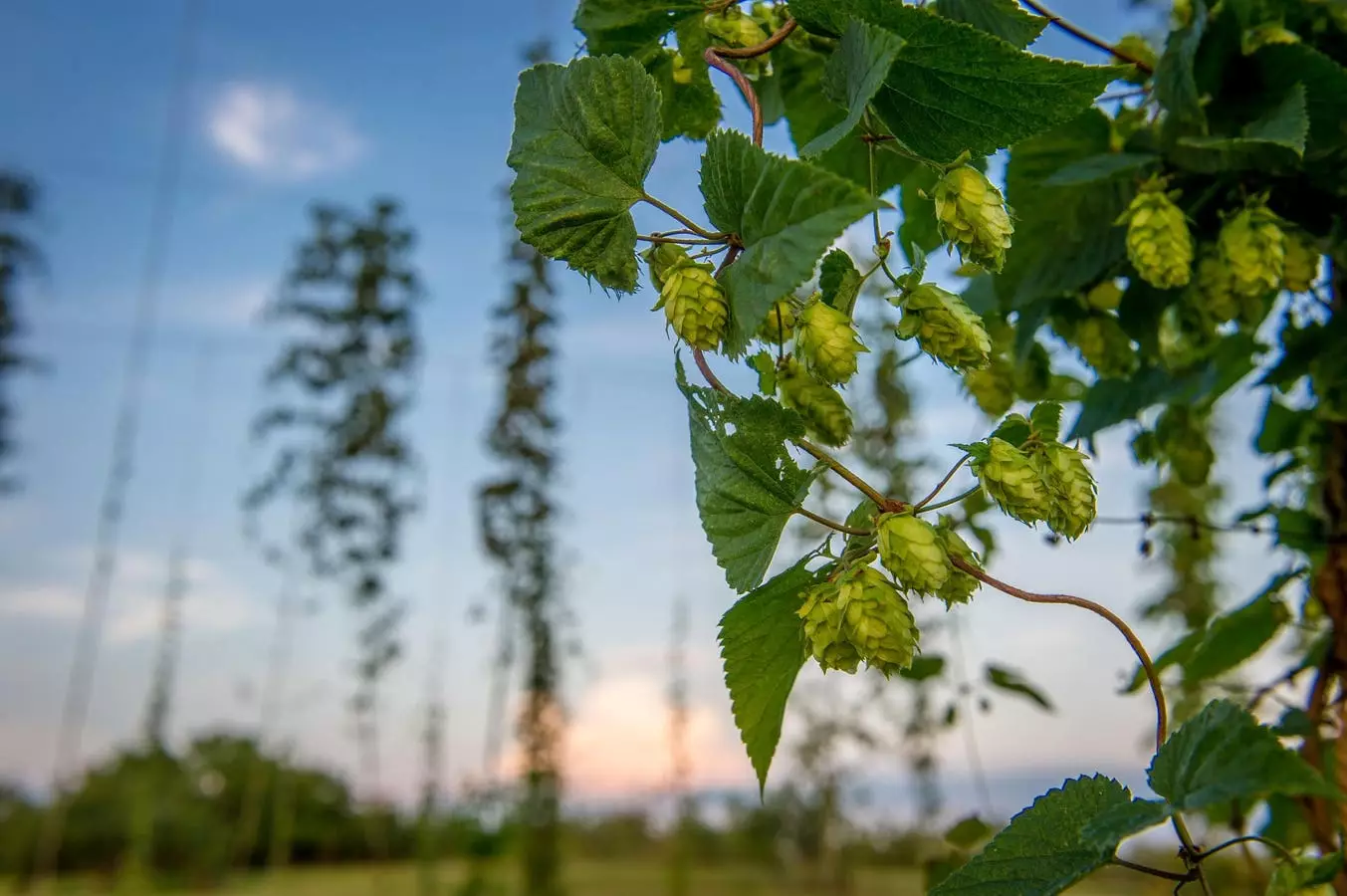The United States Department of Agriculture recently released a report revealing a significant decrease in hop acreage for the upcoming harvest in 2024. This 18 percent drop from the previous year indicates a potential shift in the hops supply industry. With the beer industry experiencing stagnation in recent years, the reduction in American hops acreage may signal the end of an era for hops production, as their main commercial use lies in beer manufacturing.
Shanleigh Thomson, a seasoned professional with 12 years of experience in the beverage alcohol industry, highlighted a crucial factor contributing to the current situation. Thomson, who currently serves as the head of west coast sales for Roy Farms, a long-established hop grower, mentioned a buildup of hops inventory since 2016. Prior to this period, there was a shortage of hops due to the booming craft beer market. Breweries rushed to secure purchasing contracts for popular hop varieties like Citra and Mosaic, leading to a surplus once production caught up with demand.
The reduction in hops acreage in 2024 is expected to have a significant impact on small farmers who had been contracted to grow hops for major suppliers. Many of these farmers invested in specialized equipment for hop cultivation, which cannot be repurposed for other crops. As a result, they are left with limited alternatives now that they are no longer required to grow hops. While areas suited for hop cultivation may also support apple and wine grape farming, these industries are facing their own issues of oversupply, further limiting options for affected farmers.
Thomson anticipates a potential transformation in the way hops are supplied in the industry. Instead of working through brokers, hops farmers may shift towards direct supply contracts with brewers to bypass intermediaries. This change could empower farmers to have more control over their operations, including the cultivation of specific hop varieties like Cascade and Centennial. The industry is likely to witness significant shifts in practices and strategies as a response to the current challenges faced by hops growers.
The decline in American hops acreage for the 2024 harvest reflects a changing landscape in the hops supply industry. With the beer market showing signs of saturation and decreased demand, hops producers are reevaluating their approach to cultivation and distribution. Small farmers, who have invested heavily in hop production, are particularly vulnerable to these changes. However, the industry may find new opportunities for growth and innovation by adapting to the evolving market dynamics. As Shanleigh Thomson suggests, significant changes are on the horizon for the hops industry, signaling a need for adaptation and resilience in the face of challenges.

